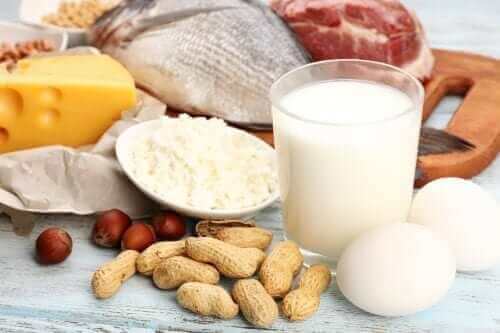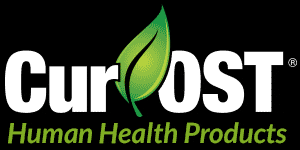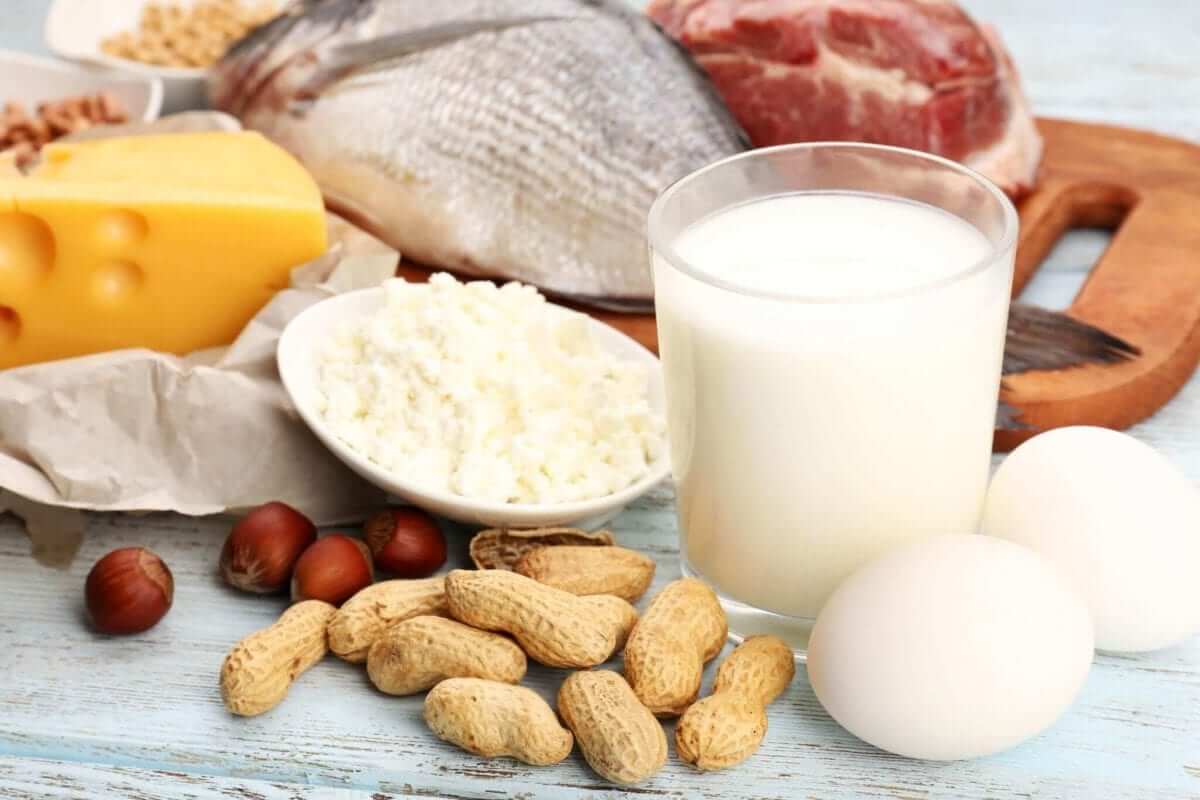Protein. It is a vital macronutrient for our health, not just supporting our muscle strength, but also mental function and overall cellular health. The ultimate question comes as to whether we are consuming enough of it, relative to our lifestyle and health, and maybe that more could be beneficial? As with all things, the more we know and understand, then the more opportunities there are to take advantage and apply for our own health.
When we think of protein, the first image that comes to mind is a male or female bodybuilder or athlete. So, right off the cuff, our impression is flawed in that we are just associating this macronutrient with exercise or muscle enhancement. This is correct but it limits the potential and overall scope of this macronutrient.

Protein is a nitrogenous compound composed of long chains of amino acids, which are a vital part of cellular health and body function. It is used by muscles to grow and become stronger, but is also used by our immune system, skin, hair, nails, bones, and composes various enzymes within our body. Protein is also involved directly and indirectly into our metabolism, so it can assist with body weight maintenance. We likely consume it each day, but the question is in what amounts and what quality?
Almost all foods contain protein to some levels. More often than not, when we think of this macronutrient a few foods come to mind including meats, eggs, and dairy products. These are definitive sources of generally high quality protein, but they are not the only sources. Some people elect for a vegetarian based diet, which can eliminate those sources. Nuts, cereal grains, fruits, and vegetables contain protein, albeit at lower levels.
One of the questions that arises is protein quality. What this generally infers is the range of amino acids that are provided through those protein sources. Some foods are seen as more complete protein sources than others, with meats, eggs and dairy seen as ideal. However, many plant based diets also provide some nice protein sources, but in order to achieve higher protein levels we need to consume more of those food types. Meats, eggs and dairy products are seen as the optimal sources of protein, but research indicates that these food types may not be ideal for various reasons. There are more health problems being associated with high consumption of meats, eggs and dairy products, which is likely due to higher levels of fats in those foods and tendency towards them encouraging inflammation in the body. That is a topic for another discussion.
How much protein do I need?
The DRI (dietary reference intake) is about 0.8 grams of protein per kilogram of body weight. That equates to an average of 56 grams for the sedentary male and 46 grams for the sedentary female. Do you get even that level? That is just the low level required to maintain normal body function, on a sedentary level, meaning that person is not that active.
Protein levels:
- Egg = 6 grams
- Milk = 8 grams per cup
- Steak = 62 grams (251 gram steak)
- Walnuts = 12 grams per cup
- Almonds = 20 grams per cup
- Spinach = 0.9 grams per cup
- Beans = 39 grams per cup (Adzuki beans)
- Potato = 2.1 grams per cup (sweet potato)
- Tofu = 10 grams per half cup
- Peanut butter = 8 grams per 2 tbsp
Research indicates that the majority of people are NOT consuming even the minimal amount of protein that is recommended to basal health.
Impact of low protein intake:
- Impairs overall muscle strength and even bone health
- Impairs energy levels
- Impairs immune health
- Impairs cognitive function / mood
- Impairs skin, nail and hair health
- Impairs eye health
- Impairs digestive function
Benefits to Increased Protein Intake:
One of the biggest problems that develops as we age is deteriorating muscular strength and bone health. We become fatigued and with that, we are not moving. So, our muscles are not stimulated and our diet does not support their health. When muscular strength is reduced, bone health often quickly follows, as one supports the other.
The recommended intake of protein is 56 grams for sedentary males and 46 grams for sedentary women. However, if we then add in exercise, overall activity and stress…the requirements begin to rise. We have to remember that the ‘recommended levels’ are for sedentary individuals and as we add stress to that body, protein and overall nutrient requirements increase. The body requires more fuel. This ‘stress’ is not just mental stress, but is stress associated with exercise, movement and even concurrent illness. Disease is a drain on the body and depletes protein and nutrient stores. It becomes a vicious cycle and often leads to further deterioration and failure of recovery for that patient.
By the age of 80, it has been estimated that 30% of a person’s peak muscle mass has been lost. This is a part of the aging process, but is deeply involved with the incidence of many age related diseases, due to tie in with overall nutritional status. It is also believed to be one main contributor to falls and bone fractures in the elderly. In one study that evaluated a group of people for overall strength, those in the age group of 60 and above fell into the lower levels of that group, implying overall lower strength. They, as a group, were 50% more likely to die of all-cause mortality and had a higher incidence of cancer. The conclusion implied that increased muscle strength had a protective effect for overall health and may reduce the incidence of disease. (1)
When it comes to athletes, of all ages, protein intake needs to be higher as demands are higher by the body. Some studies and papers have indicated that on low levels, protein intake by athletes should be in the range of 1.4-2.0 grams/kg of bodyweight. In some instances, those recommendations can even go higher, up to 3.0 grams/kg of bodyweight per day. That equates to 95-204 grams of protein per day. (2)
In the aging population, we all are familiar the term osteopenia, which implies bone loss, but sarcopenia is also of concern, implying muscle loss. In one paper, it was mentioned that the elderly or aging population should be consuming up to 2x the recommended daily intake, implying upwards of 1.6 grams of protein per kg of bodyweight. That would imply 112 grams for a male and 92 grams for a female, considering a sedentary status.
How do we get more protein?
That is a good question and one that has several solutions. For those that consume meat, especially on a daily basis, meeting those requirements is not difficult, however, we have to raise the question of the overall health benefits of that diet. Including meat, eggs or dairy into your diet is one sure fire way to raise protein, but there are many questions on those foods regarding negative impacts on health.
So, ideally, we want to find plant based sources and not rely heavily on animal based protein.
Overall, to increase protein intake, we must increase food intake. If you are on a vegetarian based diet, this means eating more of those foods. This may not always be possible as some people fill up quickly, even on a vegetarian based diet, which is due to fiber and water content. This is understandable and I experience this myself, being mainly on a plant based diet. So, what other options do we have?
Athletes and more active people often rely heavily on protein supplementation. In this area, we have really two sources; plant or animal based. Here again, we are thrown into the debate as to which is healthier in the long term and which provides more health benefits. In the animal world of protein, most will consume whey protein, which is a balanced protein, but contains some potentially undesirable components including casein. There is some concern being raised regarding cancer and tie in with casein and animal proteins in general. Whey protein is also hard to digest for some individuals and can result in gastrointestinal discomfort and gas.
The next option is plant based protein, including pea protein and other sources, including hemp protein. Peas and other legumes are high in protein, as is hemp, but the protein levels are not equivalent to traditional animal based sources. In these sources, the protein is extracted from the plant sources and concentrated for daily use. Most pea proteins are 80% concentrates (80 grams protein per 100 grams), while most hemp products are 50% (50 grams protein per 100 grams). In terms of quality, pea protein amino acid profiles are close to whey protein and considered complete. Hemp protein is not considered complete, as there are lower levels of some amino acids, including lysine.
Options to Consider:
Protein intake is vital for overall health and considering that most people are not consuming recommended intake levels, one of our goals is to provide options to boost health. At Nouvelle Research, Inc. we offer several options to help you achieve your health goals.
- Cur-OST HU Ultimate (18 grams of organic pea protein with numerous added health benefits)
- Cur-OST HU Pea Protein (10 grams organic pea protein per serving)
- Cur-OST HU Multi-Enhance (9 grams plant based protein + 25 plant based nutrients)
- Cur-OST HU Nourish (16 grams organic pea protein + amino acids)
Health is a choice and we are here to assist you with your health goals!
Author: Tom Schell, D.V.M., CVCH, CHN
References:
- McLeod, M et al. Live strong and prosper: the importance of skeletal muscle strength for healthy ageing. Biogerontology. 2016. 17:497-510
- Jager, R et al. International society for sport’s nutrition:Position stand: Protein and Exercise. Journ Intern Soc Spor Nut. 2017. 14:20


